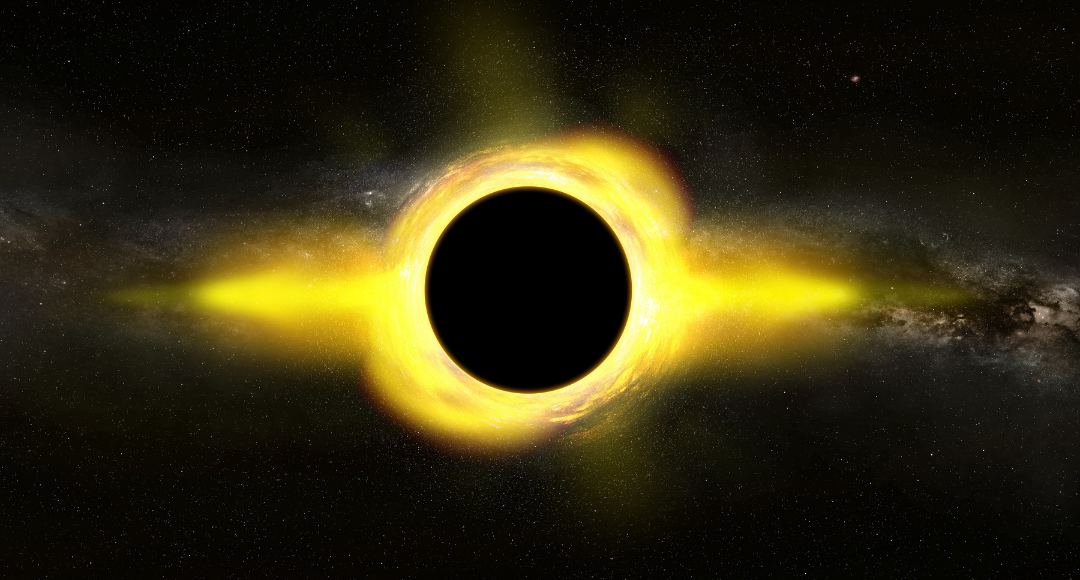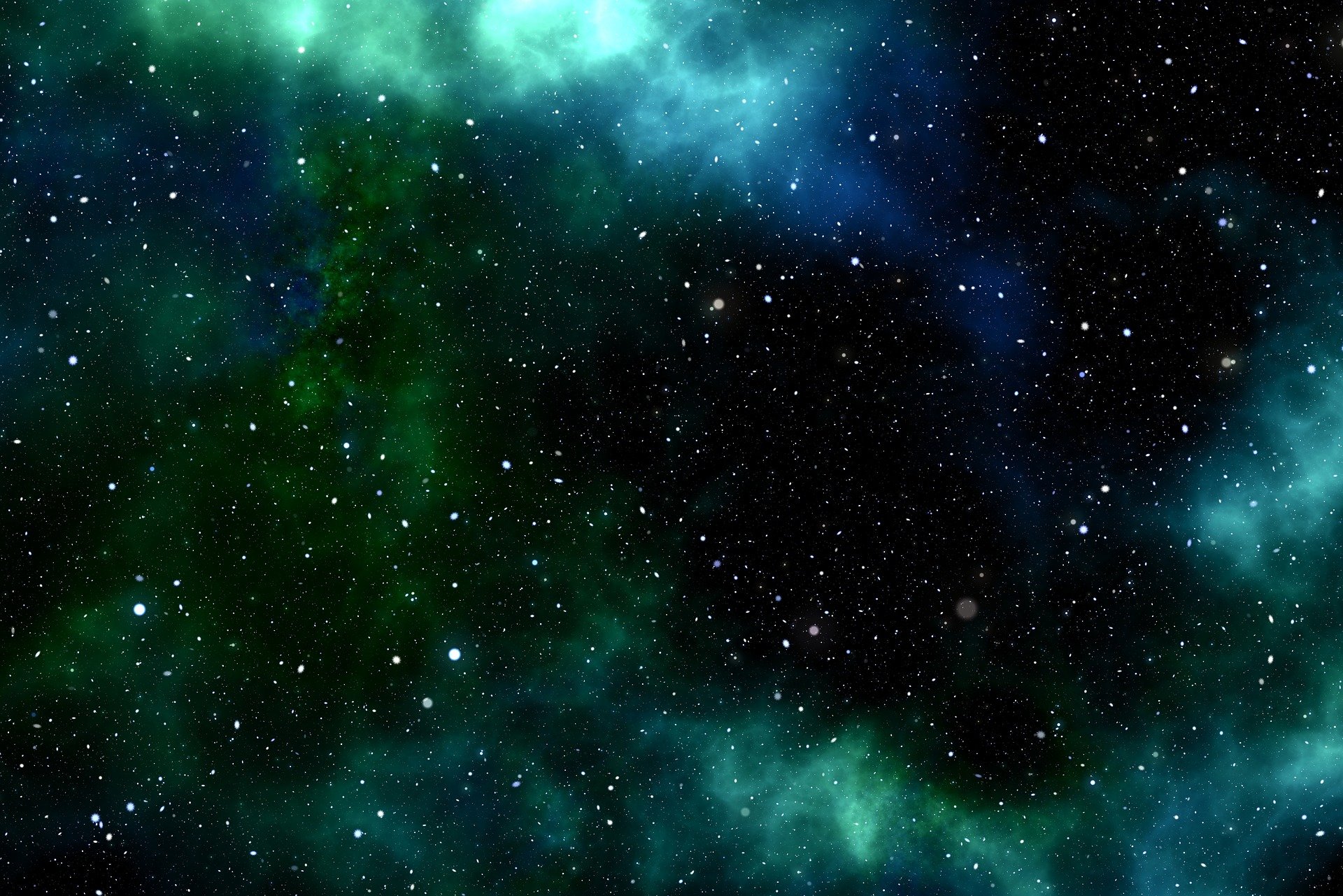What makes the 2024 total solar eclipse stand out
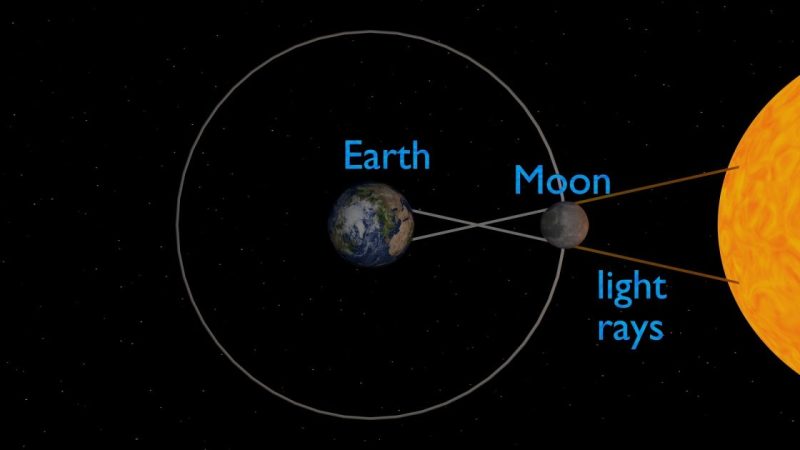
The total solar eclipse on April 8, 2024, is drawing near for astronomy enthusiasts across the Americas. This Sun-Moon-Earth event, with the moon aligning perfectly to block the sun’s disk, creating a breathtaking moment known as totality, will indeed be spectacular.
“The sky will darken as if it were dawn or dusk,” NASA writes in a statement.
This eclipse will cover a 115-mile-wide path, crossing three states in Mexico, 15 in the U.S., and four in southeast Canada. It’s one of the most watched eclipses ever, with over 32 million people within its path. It’s rare because the moon nearly matches the sun’s size, completely blocking its disk for a few mesmerizing minutes.
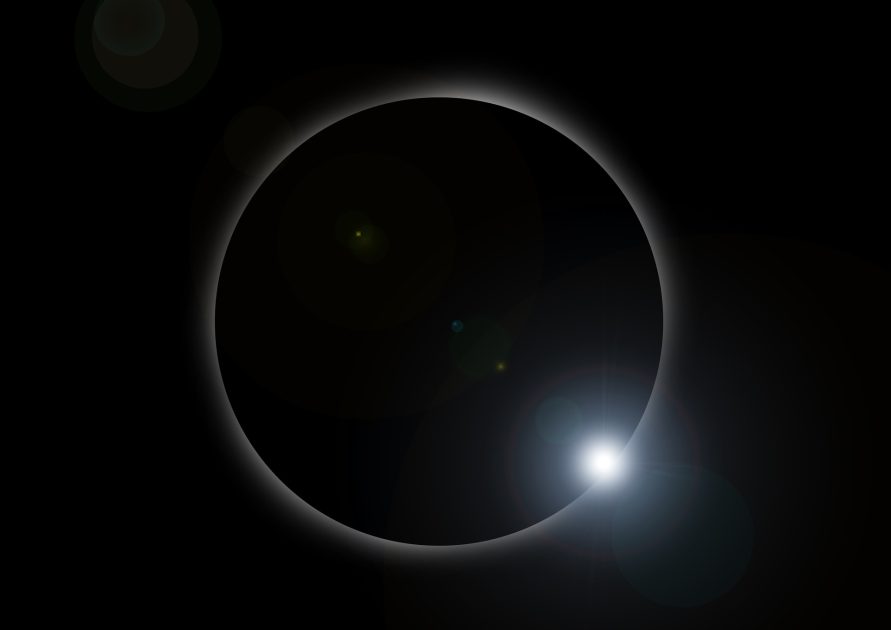
Preparations are underway, including initiatives like Warby Parker’s distribution of free ISO-certified solar eclipse viewing glasses. These ensure safe observation for all. Technology aids enthusiasts with tools like ‘The Eclipse App,’ developed by The Eclipse Company. It helps users find local eclipse events and track the path of totality.
Even astronauts aboard the International Space Station are gearing up for this cosmic show. However, precise timing for observation remains a challenge. NASA’s Eclipse Soundscapes Project aims to record the event’s impact on nature, encouraging public participation to better understand how such phenomena affect wildlife.
Interestingly, Delta Air Lines has recently announced a unique opportunity to witness the eclipse from 30,000 feet above ground. Passengers flying along the path of totality can enjoy an extended view. A Delta flight from Austin, Texas to Detroit, Michigan will fly along the path of the moon’s shadow during the total solar eclipse on the day. This flight offers passengers an extended view at the longest and most visible total solar eclipse for the US in 100 years.
For enthusiasts and scientists alike, this eclipse offers not only a visual wonder but also an opportunity for scientific exploration. Notably, researchers are keen to study phenomena like shadow bands, visible only during the rare occurrence of totality.
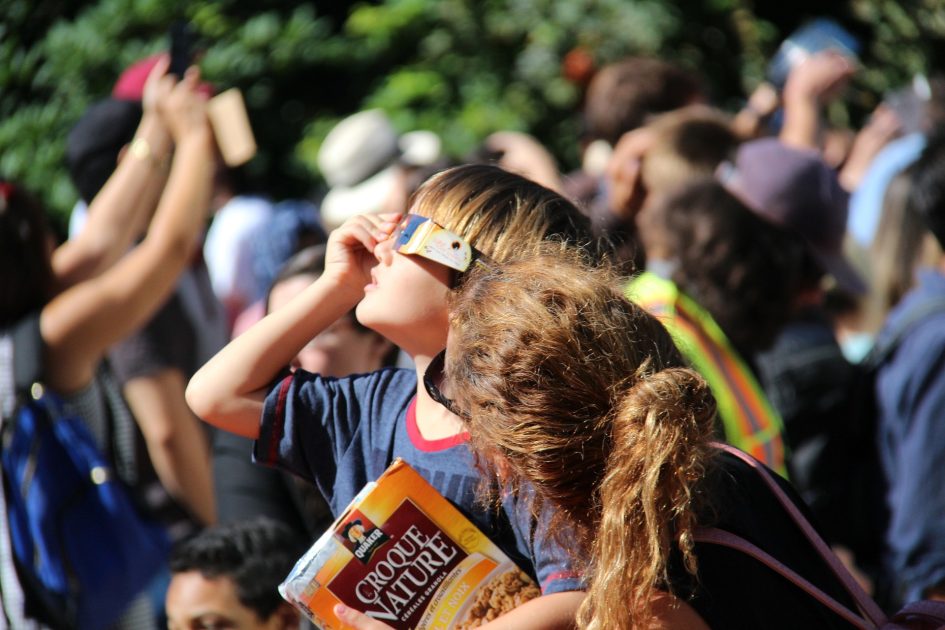
According to NASA, safety is the number one priority when viewing a total solar eclipse and, except during the brief total phase of a total solar eclipse, it’s unsafe to directly view the Sun without specialized eye protection, as this can cause severe eye injury.
To safely observe the partial phases, including before and after totality, the space agency advises using solar viewing glasses or handheld solar viewers, or employing indirect methods like pinhole projectors.
[Note: You can review the safety guidelines issued by NASA to ensure your health and well-being.]
